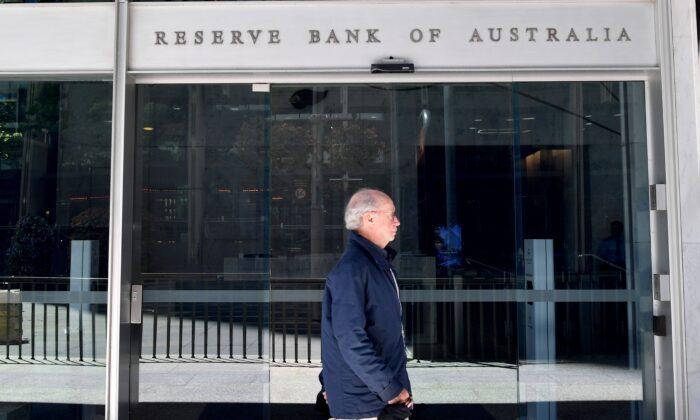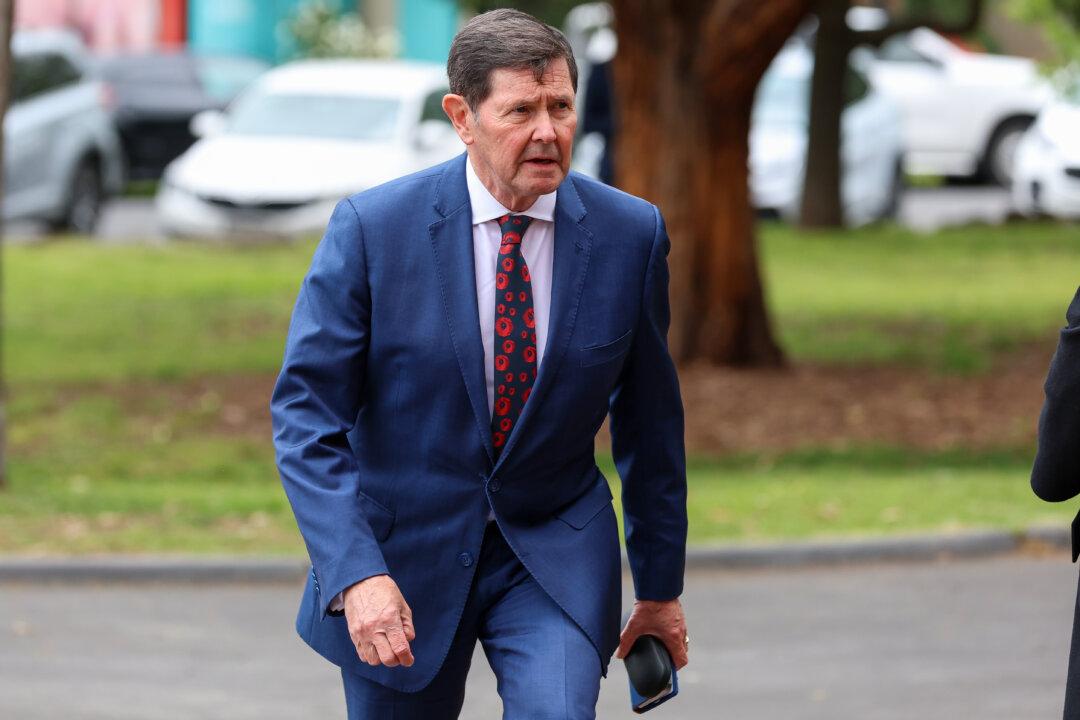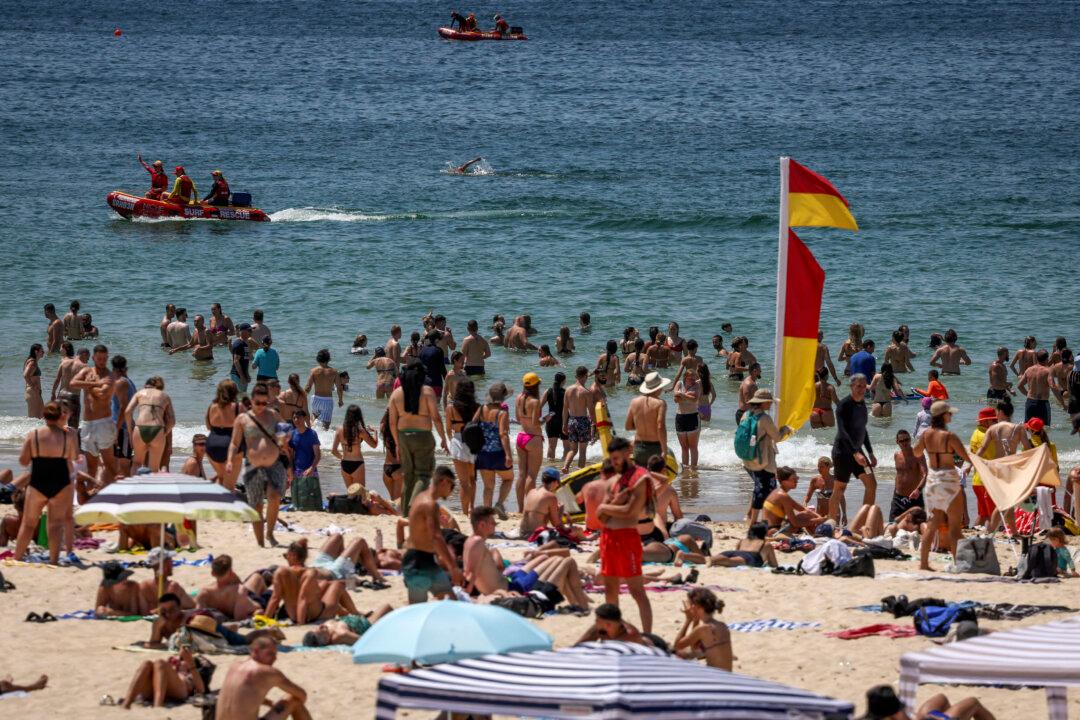The Reserve Bank considered a larger 50 basis point interest rate hike in February to counter persistent inflation; it’s been revealed.
The central bank’s board deliberated over the move as well as a 25-point increase to the official cash rate earlier in the month but ultimately landed on the smaller rise.
Leaving the rate unchanged was not discussed despite members having considered pausing it in December.
The board decided there was less need to revert to 50bps hikes as interest rates had already been lifted considerably from 0.1 percent in April last year. The official cash rate is now at 3.35 percent.
Plus, board members noted inflation had likely passed its peak after 7.8 percent in the December quarter, and there was a persuasive outlook for softening consumption growth.
“Many households were facing tighter budgets and, in aggregate, real incomes were falling,” the minutes from the bank’s February board meeting stated.
But in support of another jumbo-sized hike was inflation and wage data consistently coming in hotter than expected and the threat of sticky inflation.
“If it did persist, there would be significant costs, including higher interest rates and a larger increase in unemployment later on,” board members noted.
The release of the February board meeting minutes followed two appearances of governor Philip Lowe at parliamentary hearings where he was grilled about the central bank’s trajectory for monetary policy.
During the hearings, he said the inflation rate was still “way too high”, and the cash rate was unlikely at its peak.
The February decision has been weighing on consumer confidence, but the index made up some lost ground last week.
ANZ and Roy Morgan’s consumer confidence survey lifted 2.3 points to 80.4, rising across all five mainland states.
The lead-up and fallout from the 25 basis point increase to the official cash rate in February wiped 8.7 points off the index over two weeks.
Despite the modest rebound, ANZ senior economist Adelaide Timbrell said confidence remained lower than before the February decision.
“At 80.4, the consumer confidence index was among the worst 10 results in the 150 weeks since the initial COVID outbreak in Australia,” she said.
Four of the five confidence subindices improved, with “current financial conditions” gaining 4.9 points and “time to buy a major household item” lifting 5.7 points.
“Weekly inflation expectations” fell 0.4 points to 5.1 per cent, which Ms Timbrell said might have been a delayed response to higher interest rate hikes.





